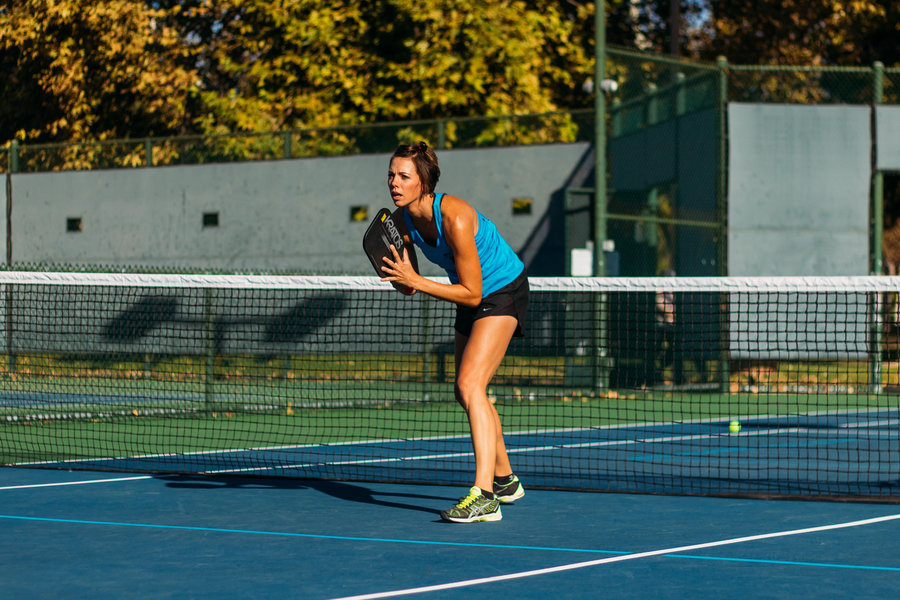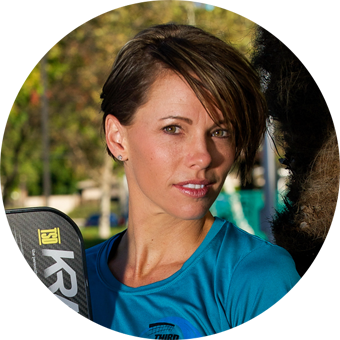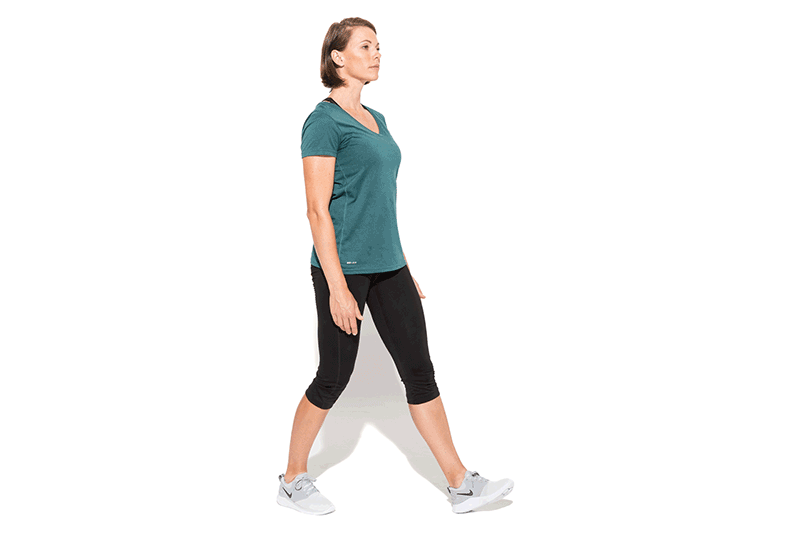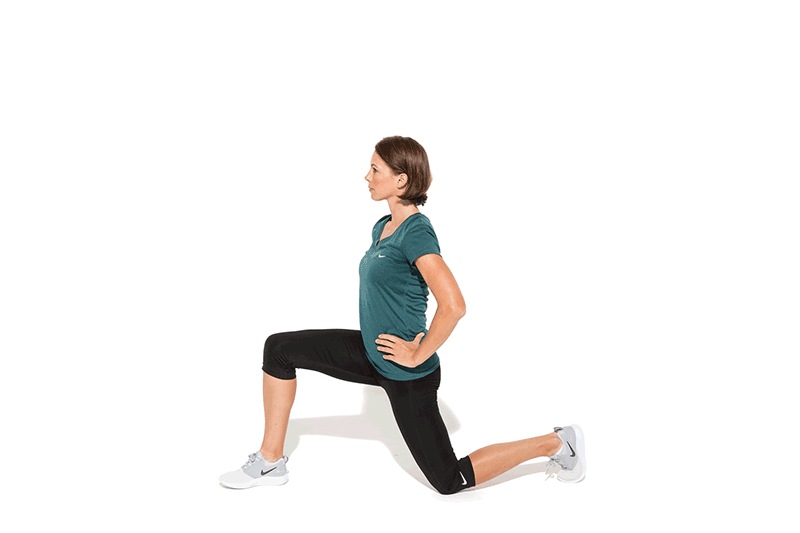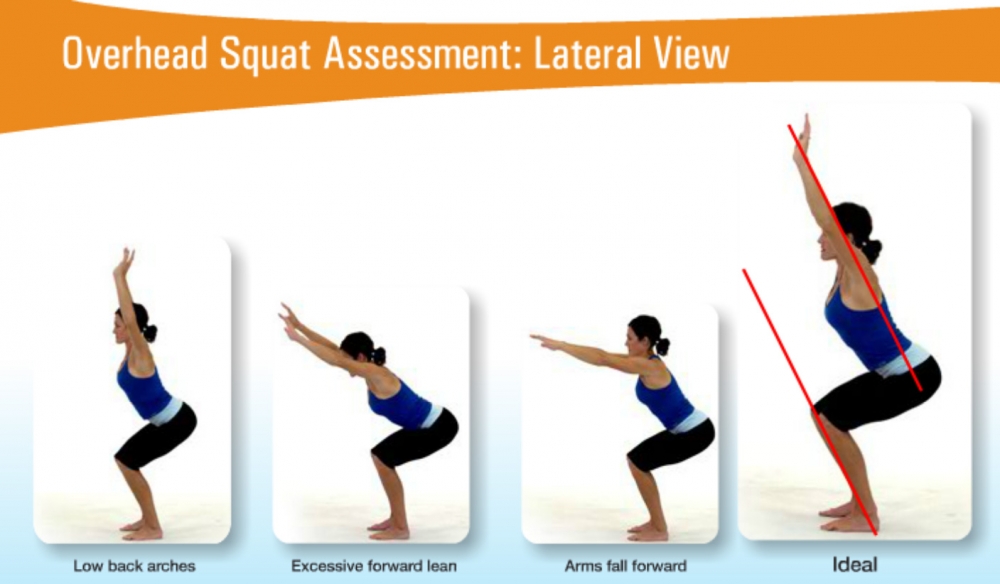Hi, this is Ashley Roberts with Third Shot Drop Custom Paddles. I am a certified personal trainer with 17 years of experience. I am excited to share monthly blogposts with you about training. Training is extremely important and should form an integral part of an athlete’s daily routine.First we need to get down to the foundation of your body.
The Kinetic Chain is the Human Movement System
Our bodies will perform their best when our kinetic chain is optimized. Performing a kinetic
chain assessment will identify dysfunction within the human movement system. There are five
kinetic chain checkpoints:
- Feet and ankles
- Knees
- Lumbo-pelvic hip complex
- Shoulders
- Head/cervical spin
Assessing for compensations can signify altered length-tension relationships of soft tissue
(muscle, tendons, ligaments, and fascia) and joint dysfunction.
Dysfunction in the Human Movement System will lead to neuromuscular inefficiency and tissue
fatigue and breakdown (injuries).
How to Assess the Kinetic Chain
Perform an Overhead Squat Assessment from an anterior, posterior, and lateral view, noting
patterns of muscular imbalances. Reach your arms up overhead, palms facing each other, and
stand with your feet hip width apart. Keeping your arms overhead, sit back and perform several
slow squats bringing your hips to right above your knee line (creating a 90-degree angle at the
knee joint.) Have somebody video tape you. Look at all five checkpoints for the following:
- Excessive forward lean
-Arms falling forward
- Low Back arching
- Knees moving inward
- Excessive foot pronation and feet turning out
What does this all mean????
Excessive Forward Lean
Ideally you can keep your chest lifted with your eyes on the horizon while squatting. This movement compensation is generally due to shortened (overactive) calf muscles and hip flexors as well as lengthened (underactive) glutes.
HOW TO CORRECT: Stretch the calves and hip flexors daily. Perform ball squats to strengthen the glutes.
Arms Falling Forward
Ideally you would keep your arms raised overhead while squatting. When the arms fall forward it is generally due to shortened back muscles (latissimus dorsi) and chest muscles (pectoralis major and minor) as well as lengthened upper back muscles (lower and mid trapezius and rhomboids). This is common when a person has upper-cross syndrome, characterized by a rounding of the shoulders and a forward head posture. Common injuries are rotator cuff impingement, shoulder instability, biceps tendonitis, thoracic outlet syndrome, and headaches.
HOW TO CORRECT: stretch the latissimus dorsi and pectoralis muscles daily. Perform prone cobras and squatted rows to strengthen the underactive muscles.
Low Back Arching
If your low back is arching while squatting, most likely this is due to shortened (overactive) hip flexors and latissimus dorsi as well as lengthened glutes, hamstrings and transversus abdominis (core). Common injuries are hamstring strains, anterior knee pain and low back pain.
HOW TO CORRECT: stretch the hip flexors and latissimus dorsi daily. Perform ball squats and floor bridges to strengthen the glutes and hamstrings.
Knees Moving Inward
If your knees seem to pull inward while squatting this is generally due to shortened hamstrings (biceps femoris) and adductors (inner thighs) as well as lengthened glutes.
HOW TO CORRECT: Stretch the hamstrings and adductors daily. Perform resisted lateral walking (using a resistance band). Perform floor bridges with abduction.
Excessive Foot Pronation and feet turning out
Generally when your feet pronate while squatting, this means that you have shortened calf muscles (soleus and gastrocnemius) and IT band as well as lengthened glutes. Common injuries are plantar fasciitis, posterior tibialis tendonitis (shin splints), anterior knee pain, low back pain.
HOW TO CORRECT: Stretch the calves and IT band daily. Perform single-leg balance toe reaches, using the glutes to hinge you back up from a bent waist.
Like I said, it all begins with your foundation. Doing corrective stretches and corrective exercises
to improve these muscular imbalances will give athletes a better base to begin with and avoid
injury.
“Pickleball Posture” can become a dysfunctional muscle pattern. I see many pickleballers with
rounded shoulders and forward head syndrome. Becoming aware of these imbalances of
overactive and underactive muscles will help you to avoid compensations, and therefore, avoid
injuries and perform better.
